How to use a voting machine - how a voting machine works
Source: http://www.occis.com/cis/civiceducation/Voting_Machines/voting_machines.htmlThere really is no mystery to the "new" voting machines. If you have voted before by "flipping levers", you can certainly vote by "Pressing the Touch Pad". The Big Red Lever that some machines used to open and close the curtain is gone. Now, you simply make your selections and then "Press the Square Red Button" on the right, and you are done. (You then walk out through the curtain.
For anyone that needs a refresher or is new, lets take a tour of a voting machine with Ocean County Clerk Dean Haines.
Here we see County Clerk Haines with a new electronic voting machine. (for long time voters you will notice the absence of the BIG red handle we used to push and pull to get in and out and to cast our vote). Now we push a red button when we are done. More on that below.
The machine is basically set up the same as before, but with a few modern features.
Above: County Clerk Haines points to the candidate selection area. No more little levers to flip. Now we simply press the square button (ballot position is written in it,) to the right of our selected candidates name. A green light comes on to indicate we have made a selection. If you change your mind or make a mistake, just press it again and the green light goes out, then make another selection. Do this for each Office Title you are voting on.
You will also vote for Public Question in this way, by pressing the square box next to the "Yes" or "No" for each question.
Above: Close up of Ballot Positions.
Instructions are also printed (below County Clerk Haines's hand) in case you forget what to do.
Above:
we see a picture of the Sample Ballot you should have received in the mail before the election date. Hey! It looks just like the inside of the voting machine. They really make this easy.
By the
way, it's a really good idea to read all the Public Questions way before Election Day so you know what you are voting for before you step through the curtain.
Hey! What happened to the pencil and write in spot? It's been replaced by this simple to use key pad. Just go to the Personal Choice column and press the button next to WRITE-IN, then using the key pad enter the name of the person one letter at a time. Read your sample ballot for instructions on making a space or erasing, etc.
County Clerk Haines points to the one button that you cannot change your mind on. Once pressed, your VOTE is cast!
Here we go! After you are satisfied with your selections, PRESS the RED Button! The machine will make a sound and you are done. Your civic duty discharged, simply walk out through the curtain.
This is what a voting machine looks like from the outside. What's that? You say you can't see anything! Off course not, that's the point. Only you know who you are voting for.
By the way the rule is only one person in the booth at a time. (Although there may be certain exceptions like if your helping someone who is blind. Election officials of course know the rules. So if you think you have a special situation call the Board of Elections (732-929-2167) for details before the election so you have a smooth voting experience.
Also be sure to bring Identification with you. If you are "Challenged" at the Polls and can not prove who you are, out the door you go.

Sequoia (Dominion) AVC Advantage
Source: https://www.verifiedvoting.org/resources/voting-equipment/sequoia/avc-advantage/
The DRE ballot is laid out so that, to the layman, there is an intuitive connection between the candidate’s name (shown on a printed ballot sheet) and the input device (a button behind a sheet of plastic). In the hardware of the voting machine, however, there is no direct connection between the button and the vote counter. Observing the click of a button and accumulating a corresponding candidate total is totally under software control. Since there is no inherent internal connection between the buttons and the totals kept in memory and reported at the end of the election, erroneous or malfeasant software can readily add to the wrong total or make some other error at any time during an election, thereby misrecording votes. Even though the software produces a so-called “audit trail” of the results, it can always display an “audit trial” consistent with its fraudulent results, and report that it has performed correctly.
At the close of the polls, the AVC Advantage communicates vote totals to election officials and to the public: it prints a paper printout of candidate totals, it writes these totals (along with a record of the votes cast in each ballot, the “ballot image”) to a Results Cartridge, about the size of a VCR tape, that is then removed from the voting machine. Finally, it keeps these totals (with the ballot images) in its internal memory. Election workers can extract this information from the AVC Advantage by using the menu buttons on the Operator Panel: the machine can be instructed to print the internally stored data onto its printer, or copy it to a fresh cartridge.1
Voting Process: The voter enters the polling place and is given a voting ticket after confirming that the voter is registered. The voting ticket is a colored piece of paper with two identical and unique numbers. The voter hands their ticket to a poll worker operating an Advantage voting machine and then tears the voting ticket in half and hands one half back to the voter. The poll worker uses an operator’s panel on the side of the machine to choose the ballot style appropriate for that voter depending on the color of their voting ticket. The voter enters the curtains (see picture above) and verifies that their ballot is the right one by comparing the color of their ticket to a LCD screen in the lower-right corner of the front of the voting machine. Then the voter votes by pressing a black arrow next to each choice in each race on the ballot. Blinking lights above each race indicate that no choice has been made in that race. If the voter tries to choose more than one choice in a given race (over-voting), the machine will ignore the second choice. To change a selection, voter can press the black arrow by the incorrect choice to deselect it, then select the correct choice.
When done voting, the voter presses a “Cast Vote” button in the lower-right corner of the voting machine. It is very important that the voter does not push the vote-casting button until they are done voting; a vote inadvertently cast can likely not be redone. The vote is recorded internally to three sets of battery-powered RAM, one of which is on a removable cartridge. The vote records are stored in a manner similar to a ballot image.
When the polls close, poll workers remove cartridges of battery-powered RAM containing the vote records from each machine. At this point, depending on local election procedure and regulations, the cartridges can either be physically transported to a tabulation facility or their data can be sent over a modem. At the tabulation facility, the votes from all cartridges and precincts are read into vote tabulation databases and combined to result in an aggregate vote tally. In order to send vote records over a modem, a cartridge reader must read out each cartridge and then a modem in the cartridge reader can be used to transmit the votes over telephone lines. The cartridge reader can also print out a results tape of all votes cast in a precinct. The total tape and cartridges can then become part of the official record of the election.
A Voting Demo from Bergen County NJ
A Video about the AVC Advantage from NJTodayOnline:
Security Concerns
Security Seals Ideally, the Advantage’s exposed ports, memory card access areas and case seams would be covered with tamper-evident security seals. The integrity of these seals should be maintained at all times, and only breached under controlled, explained circumstances. Seals should be logged to maintain chain of custody of sensitive materials.
Broken Buttons, Broken Lights As mentioned above the Advantage is a “buttonmatrix” DRE where the voter presses a button over which the machine’s paper ballot face is placed (under a plastic cover). A light lights up next to each selection by the voter. These buttons and lights, especially the frequently used ones in Federal races, can break or burn-out. If you see evidence of this – e.g., a light not lighting up after multiple button presses – you should request that the machine be pulled from service or that the button in question be serviced.
Fleeing Voters/Premature Voting Some voters can be easily confused in that they press the vote button too early or not at all. If a voter complains that they only were able to vote on the first few races, they probably pressed the vote button before they were finished voting their ballot. Unfortunately, there’s not much to be done here other than emphasize that voters should make sure that they press the vote button only after they are certain they have voted as they want to in all races on the ballot. If a voter neglects to press the vote button and leaves a valid ballot on the machine, poll workers will probably have procedures to deal with this problem. We recommend that a poll worker reach in between the curtains and simply cast this vote.
Incorrect Ballot Style The Advantage can accommodate a number of different ballots, for different precincts, by disallowing voters to vote in contests for which they are not eligible. If a voter complains that their party (in a primary) races are not activated or that local races specific to their precinct are not activated, the poll worker probably pushed the incorrect ballot style option. The poll worker should cancel that ballot and activate the correct one.
Incorrect Totals Tapes The Advantage has been shown to incorrectly add up the number of voters given a particular ballot style when compared to the number of votes cast.
Sensitive Disability Access Panel The disability access panel on the Advantage is particularly sensitive. Viruses and other malicious programs, including some that could change vote data, could easily be introduced through the ADA accessibility interface. The flash memory used for audio files to accommodate voters with visual impairment should be sealed with tamper-evident seals and monitored at all times.
Misleading Activation When the Advantage is not activated to vote a valid ballot, it will still go through the motions in a way that will confuse voters into
thinking that they ballot was cast. It even goes as far as to say, “Vote recorded — thank you!”, despite the fact that it couldn’t have recorded the ballot since it was not activated to do so.
Background:2
The Sequoia AVC Advantage was introduced in 1990. James Bleck led the design team that led design patents on the machine in 1988.[94,95] Sequoia had purchased the voting machine division of AVM Corporation in 1984 and acquired not only a portfolio of patents for electronic voting machines, but also the AVM Automatic Voting Computer, a machine that had been certified for use in New Jersey and Pennsylvania in 1982. The machine appears to have been based on AVM’s final patent for an electronic voting machine, granted to Thomas De Phillipo in 1977, and is an obvious predecessor of the Sequoia AVC Advantage. None of the AVM patents demonstrates the sophistication in physical design of the AVC Advantage.
Make/Model: Sequoia AVC Advantage
Equipment Type: DRE-Pushbutton
VVPAT Capability: None
AVC Advantage Use in 2016: Statewide in Louisiana, 18 counties in New Jersey, 2 counties Pennsylvania and 4 localities in Virginia.
1800 Glenarm Place, Suite 500
Denver, CO 80202
http://www.dominionvoting.com/
(866) 654-VOTE (8683)
Sequoia was involved with voting systems for more than 100 years. At the end of the 19th century, Sequoia invented the lever-action mechanical voting system. Many machines of this type are still used today in some U.S. jurisdictions. In the 1980s Sequoia was bought by Jefferson Smurfit, an Irish printing conglomerate which in turn sold it to De La Rue, a British currency paper printing and security company. After losing money for several years, on March 8, 2005, Sequoia was acquired by Smartmatic, a multi-national technology company which had developed advanced election systems, voting machines included. In November 2007, following a verdict by the CFIUS, Smartmatic was ordered to sell Sequoia, which it did to its Sequoia managers having U.S. citizenship. Sequoia Voting Systems was acquired by Denver-based Dominion Voting Systems on June 4, 2010.
2. Hand your voting ticket to the poll-worker at the Advantage booth. The poll-worker will tear the voting ticket in half (hence the two identical numbers), hand back one half to you and use the other to determine the appropriate ballot (based on party affiliation) to display to the voter via a control panel on the back of the unit.
3. After verifying that you've received the correct ballot (match your ticket color against the one in the lower-right corner of the screen).
4. Make your candidate selections by pressing the black arrow next to each choice, press the arrow again to deselect. The blinking light above a race means you still have voting to do.
5. When you've made your selections, press the Cast Vote button. Do not push this button early! You likely will not be able to recast your vote!







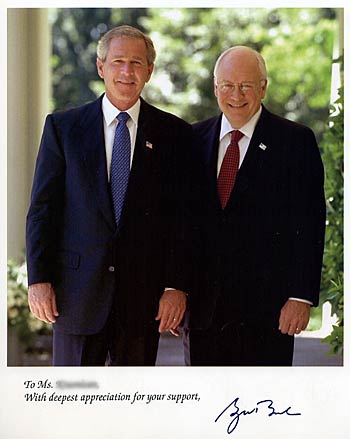





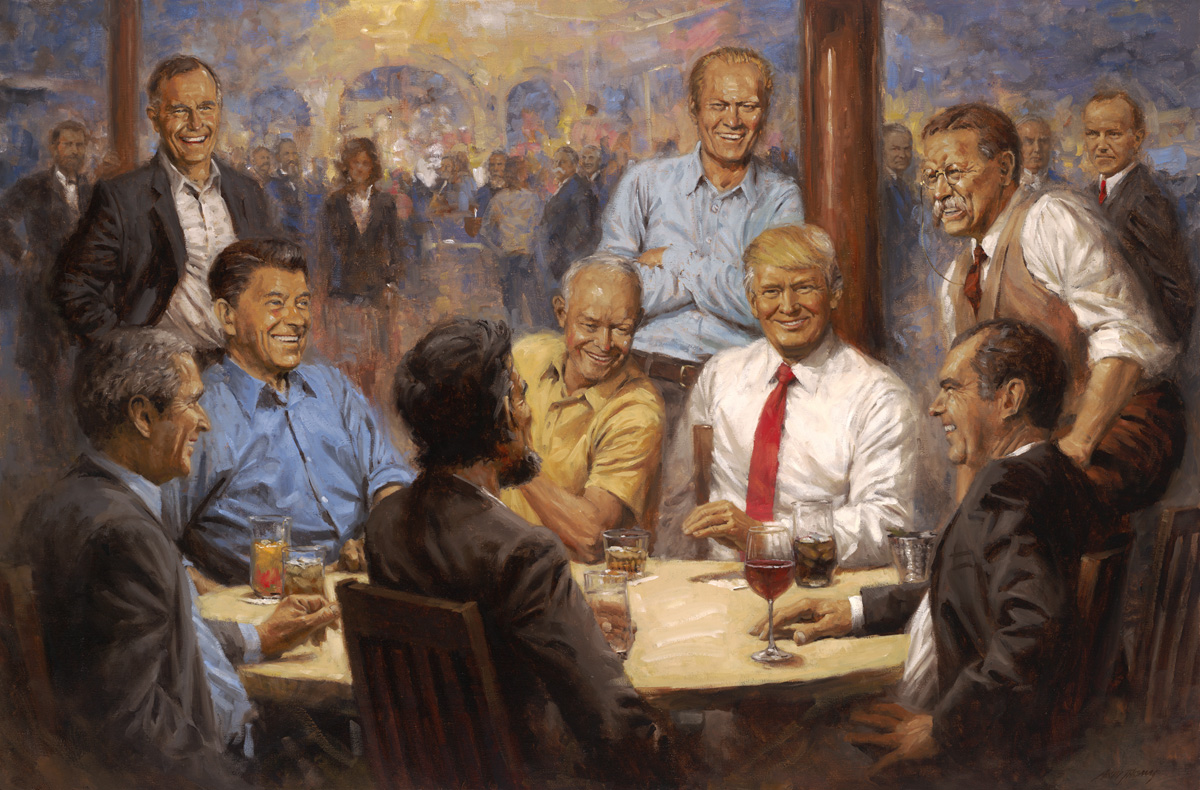




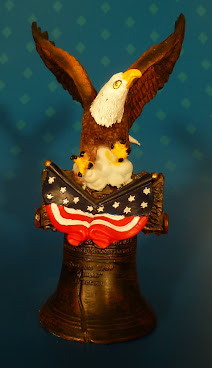






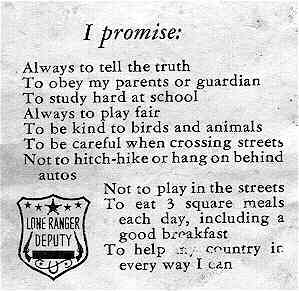







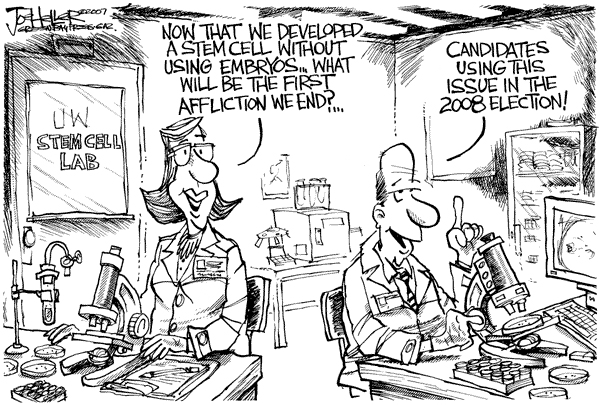
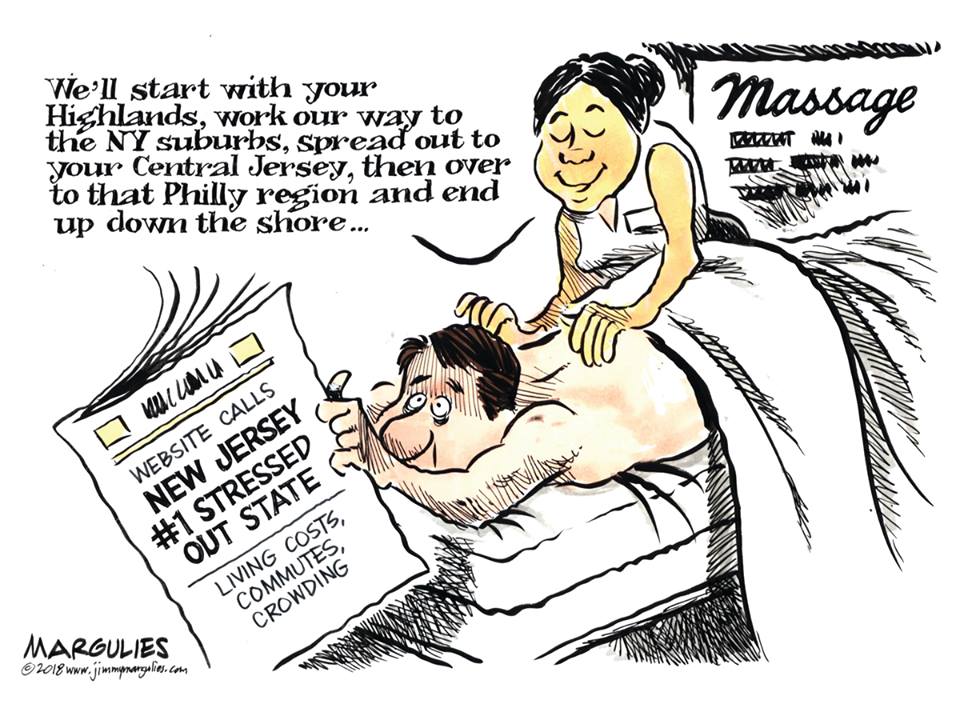
No comments:
Post a Comment